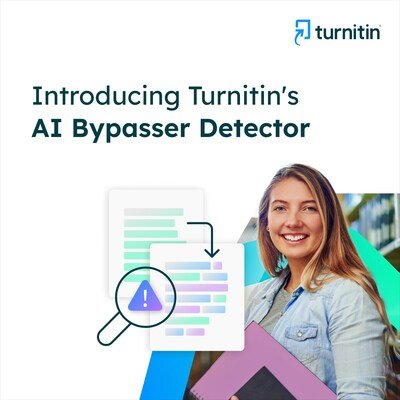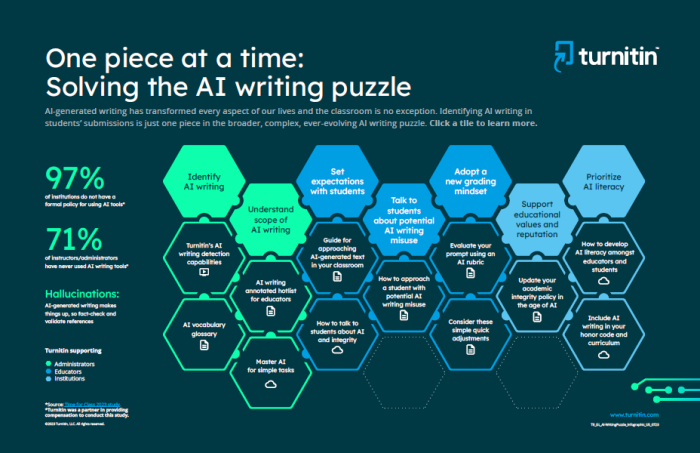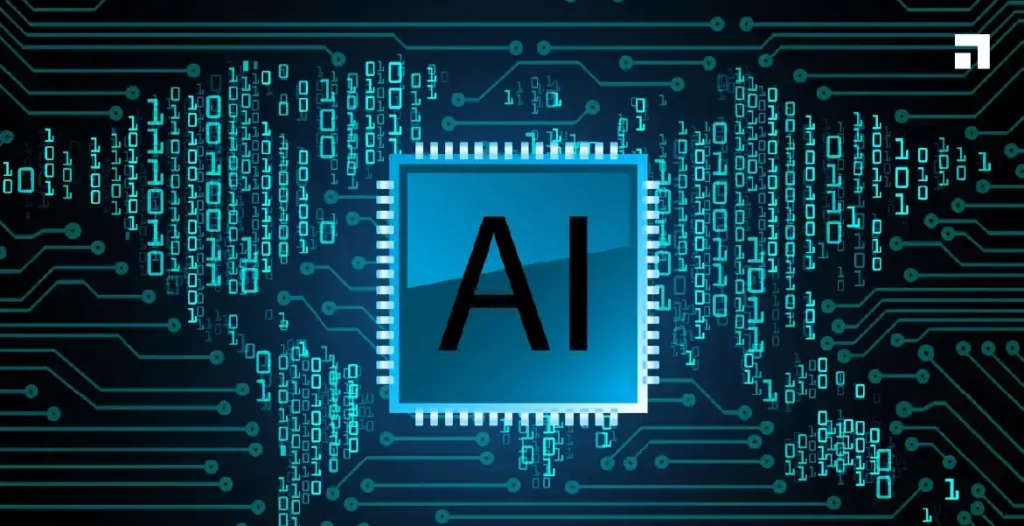
Turnitin has unveiled a new feature designed to catch AI-generated writing disguised by bypassers—tools that “humanise” machine text to avoid detection. The release has sparked excitement but also scepticism among academics and early testers, who argue that while the feature is a step forward, it may not be the breakthrough many educators are hoping for.
Table of Contents

Turnitin’s new bet on academic integrity
On 1 September 2025, Turnitin expanded its AI-detection platform with a bypasser detector. This tool plugs into the company’s similarity reports, aiming to identify text altered by “AI humanisers” like StealthGPT, GPT Human, and Easy Essay.
Annie Chechitelli, Turnitin’s Chief Product Officer, described bypassers as a new form of cheating provider. According to her, these services undermine trust in education by helping students sidestep detection tools. Turnitin argues that its new capability strengthens its mission to preserve academic honesty at a time when AI technologies are advancing faster than most institutions can adapt.
The tool doesn’t work in isolation but as part of Turnitin’s larger “AI writing detection” system. When text is flagged, it appears in the same reports educators already use, so they don’t need to change their workflows.

Mixed results from academics and testers
While Turnitin is marketing the feature as a big step forward, early testers say results have been inconsistent.
Dr Mark A. Bassett, Associate Professor and AI Academic Lead at Charles Sturt University, welcomed Turnitin’s transparency but urged the company to go further. He called for technical reports, dataset access, third-party benchmarking, and version tracking so researchers can properly evaluate the tool.
Others were less optimistic. Laura Dumin of the University of Central Oklahoma summed it up with:
“And the game of whack-a-mole continues.”
AI specialist Sam Doherty was even blunter:
“There is no chance this will work with any level of useful effectiveness.”
To put the system through its paces, Dr Tadhg Blommerde of Northumbria University ran a YouTube test using five humaniser tools: GPT Human, Refrazy, StealthGPT, Groby, and Easy Essay. His findings revealed major variations:
- GPT Human → AI likelihood: 31%
- Refrazy / StealthWriter → “Unknown” (1–19%)
- StealthGPT → 72% AI
- Groby → 67% AI
- Easy Essay → 0% AI
Blommerde admitted the feature is “an improvement,” but said the binary labelling—simply marking bypassed text as “AI generated”—was too simplistic.
“Totally accurate AI detection is a myth,” he warned. “If this feature worked perfectly, every test would return a 100% AI score.”
He concluded that Turnitin risks getting caught in a cat-and-mouse game with bypasser developers, where improvements on one side are quickly neutralised by counter-innovations on the other.
A bigger issue: Are AI detectors even reliable?
The criticism of Turnitin’s bypasser detector is part of a broader debate on AI-detection reliability. Several studies over the last two years have painted a troubling picture:
- A 2023 study found detection tools, including Turnitin, were often unreliable, wrongly flagging or missing AI text depending on writing style and manipulation.
- A 2024 study showed accuracy dropped from 39.5% to just 17.4% once text was modified with evasion strategies.
- Research has also highlighted bias issues, with detectors more likely to mislabel work by non-native English speakers as AI-generated, raising fairness concerns.
Even media outlets have reported the limitations. In The Guardian (June 2025), experts noted detection accuracy can fall to as low as 22%, warning that no single technology can safeguard academic integrity. The advice? Institutions must diversify assessment methods, rather than over-relying on AI detectors.

The road ahead: Transparency, fairness, and human oversight
Turnitin maintains that the bypasser detector enhances its toolkit for educators, stressing that it should be used with human judgement, not as an automatic verdict. But academics want more clarity: open data, peer-reviewed evaluations, and ongoing dialogue with the education community.
The launch reveals both the promise and the pitfalls of AI-detection tools. On the one hand, Turnitin is showing awareness of emerging threats like humanisers; on the other, it faces scrutiny over whether the tool can deliver reliable, fair, and consistent results.
Ultimately, the debate underscores a key point: technology alone cannot uphold academic integrity. Universities will need to blend tools like Turnitin with teaching reforms, assessment redesign, and conversations about ethics and responsibility in the AI age.
For now, Turnitin’s bypasser detector may help, but it is far from the silver bullet educators are hoping for.
Join Our Social Media Channels:
WhatsApp: NaijaEyes
Facebook: NaijaEyes
Twitter: NaijaEyes
Instagram: NaijaEyes
TikTok: NaijaEyes




